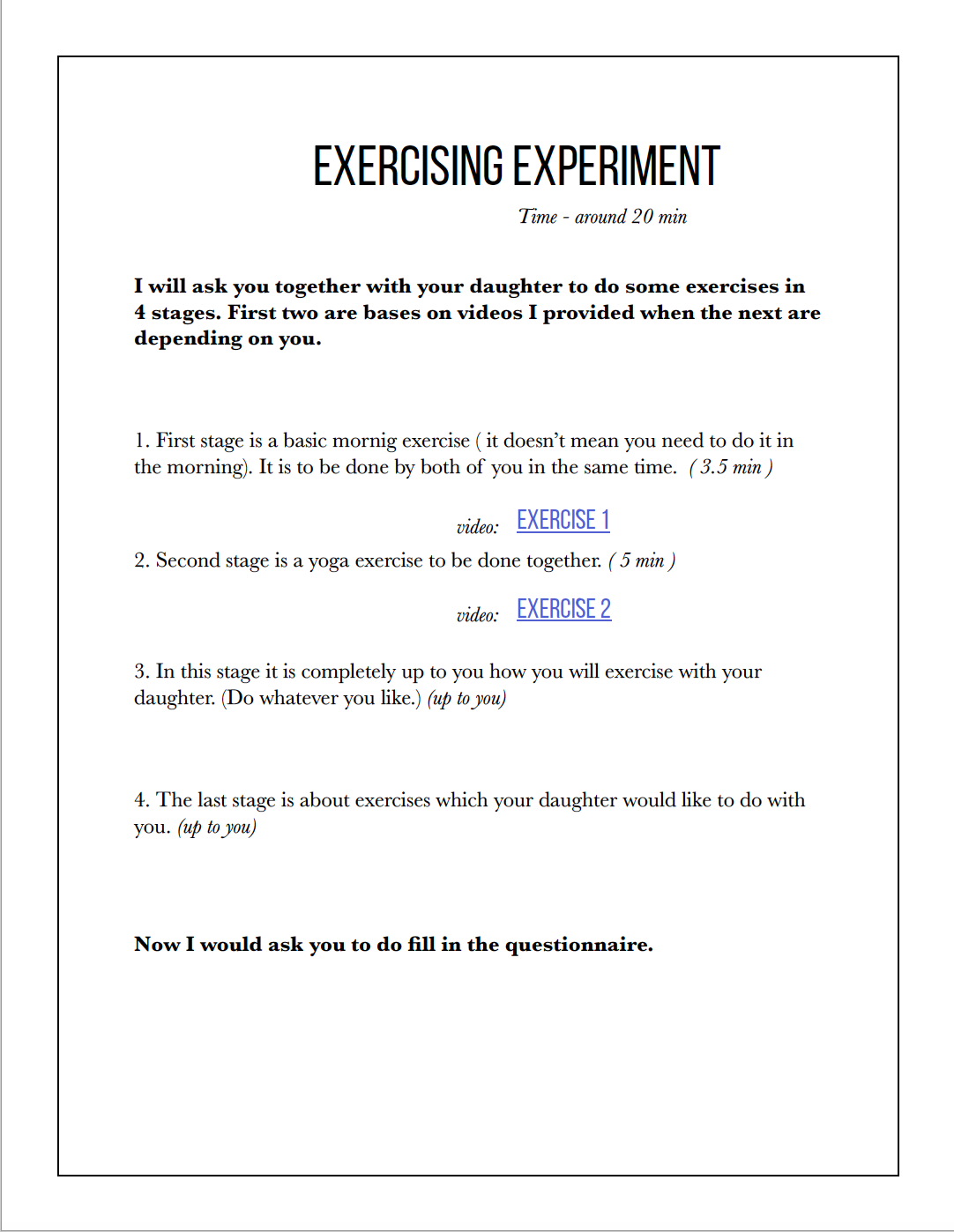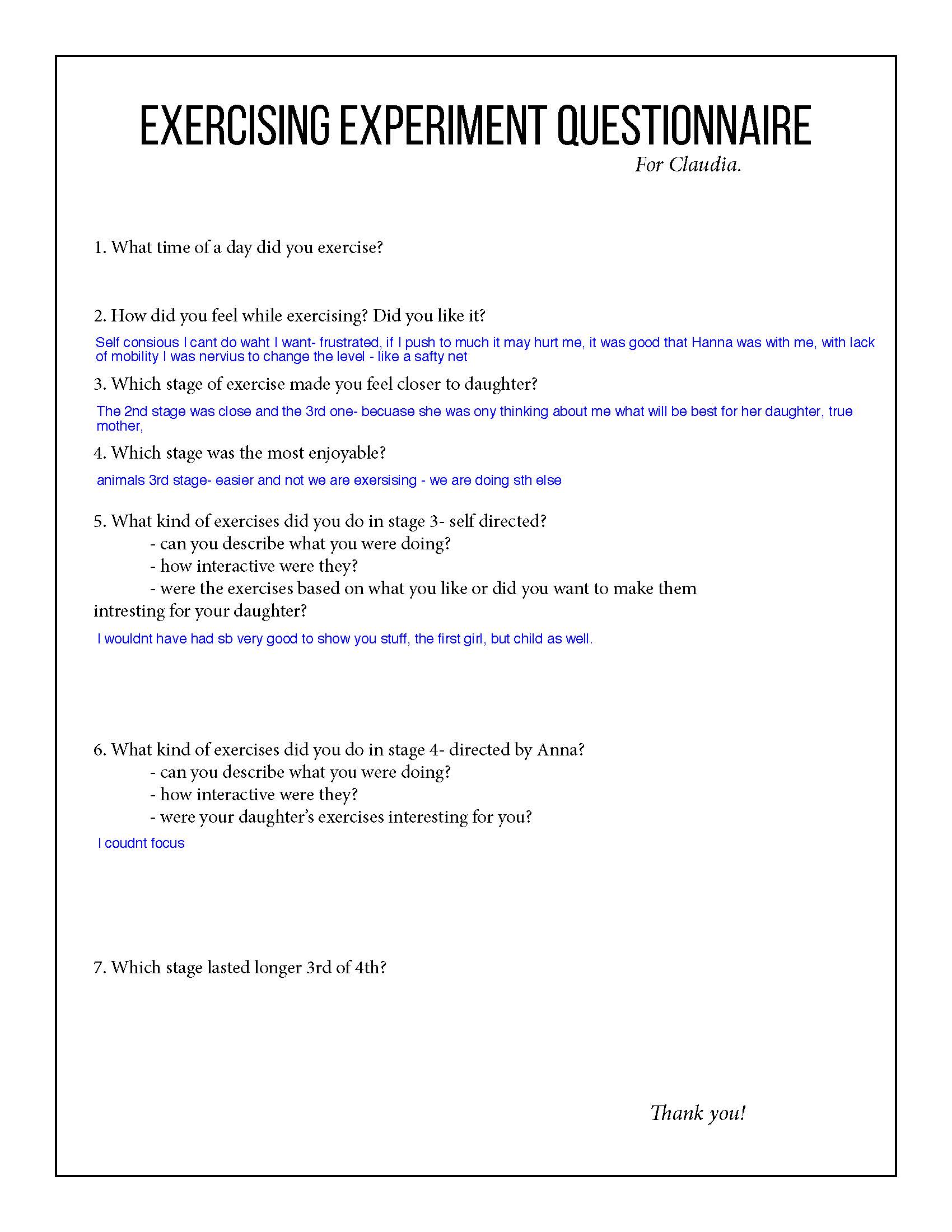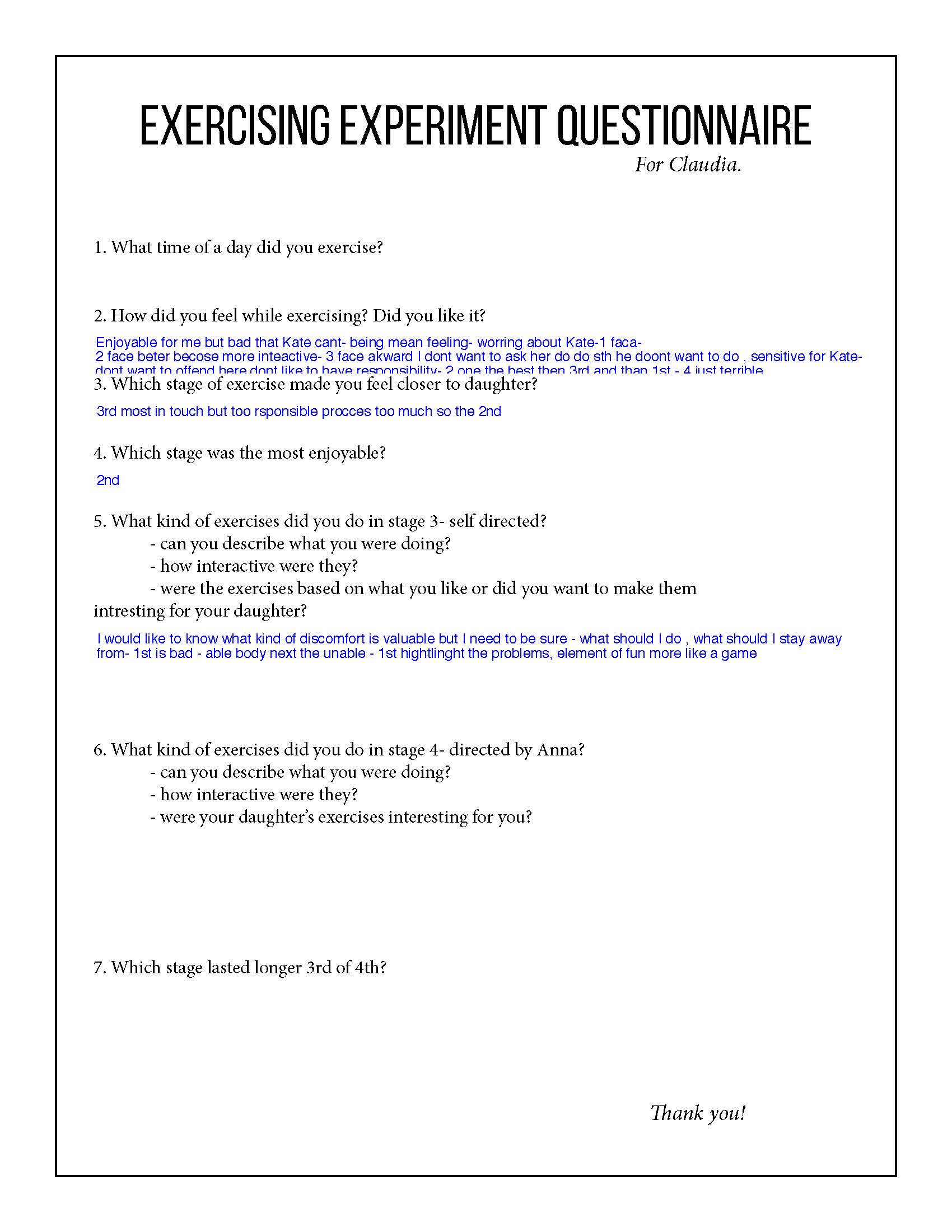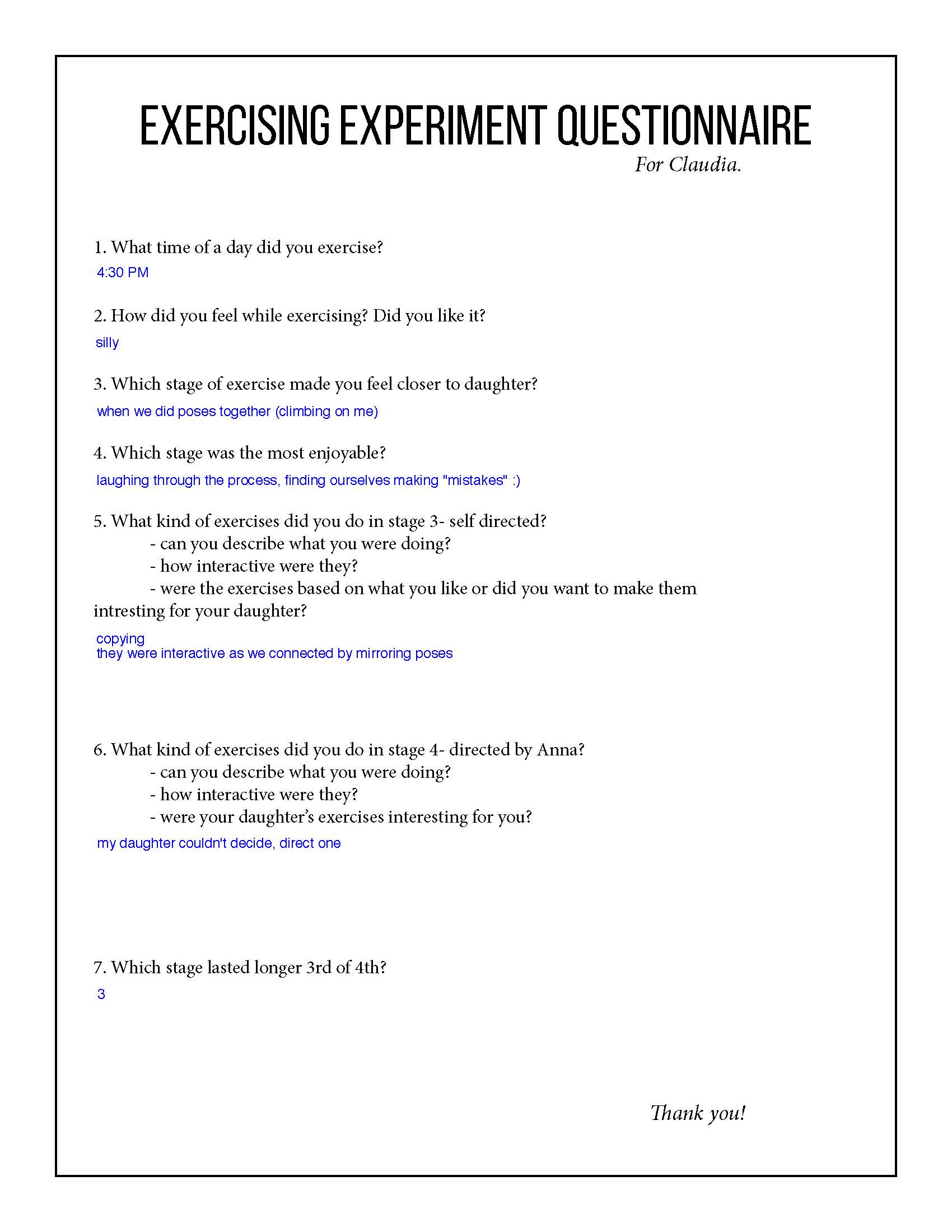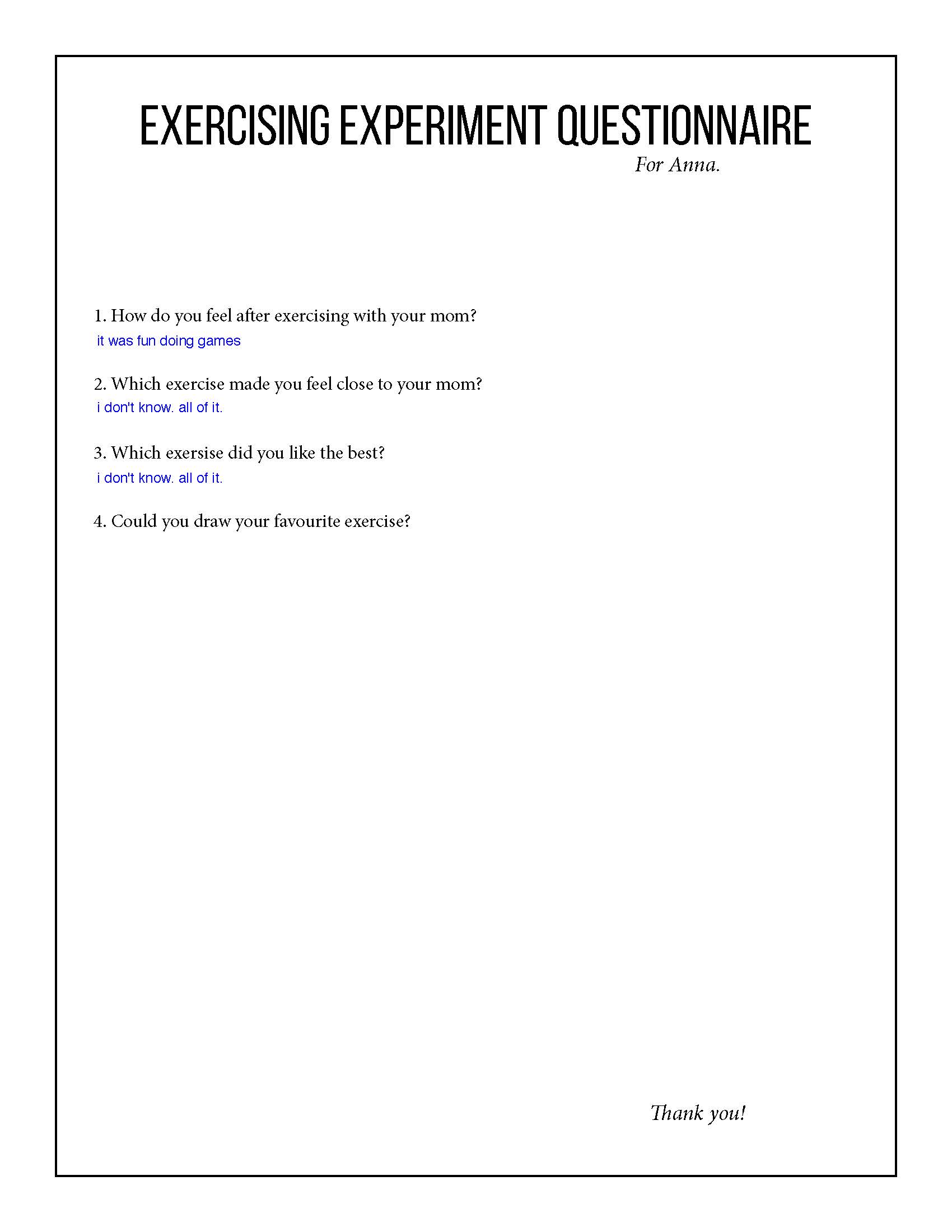The main aim of treatment cerebral palsy is correcting limb deformities as much as possible and to help the child gain independence. Training done regularly gives the child the best chance of minimizing problems. For children, in home activity programs are a key for successful therapy interventions. However, parents and caregivers are often overwhelmed and under extreme stress. Especially if they lack the confidence to ensure that exercises are performed correctly at home.
Primary project stared by looking at this journal research:
Lillo-Navarro, C. (n.d.). Parents of children with physical disabilities perceive that characteristics of home exercise programs and physiotherapists’ teaching styles influence adherence: A qualitative study. Journal of Physiotherapy, Volume 61(Issue 2), 81-86. http://dx.doi.org/10.1016/j.jphys.2015.02.014
First stage of the project was a week long design project presented in DESIGN section: Tapi
Based on the experience with this project I continued looking at this problem.
At the beginning of my process two experiments were made, both of them were about performing a set of exercises, however first was with two subjects in their 20ies, when one had reduced mobility by adding extra weight on the ankles and knees, and the second one was with mother and her healthy daughter.
In both cases exercises were the same, they consisted of four stages – first stage was about doing some regular morning exercises from the video, standing next to each other; in second stage they were doing easy yoga position also from the video, when they were required to work together. Last two stages were very similar – third one was about doing whatever parent or in first experiment subject without reduced mobility, wanted to do. The fourth was about whatever the child or a subject with reduced mobility, wanted to do.
In the following experiment - I have created a survey which was send to the parents with children to fill out and do an video exercises which was included in the survey.
After experiments I have taken the observations and inspirations to begun an ideation process. Looking at the characteristics of the parent and the child interaction while performing PA, I realize that it should be the device that creates connected exercise for both parent and the child. Whether it is to exercises together or only with the assistant.
My first idea was to incorporate the Adeli suit - which is a devise inspired by the astronauts Penguin suit to create the extra pressure and resistance while moving in order to exercise the muscles in the low gravity or with CP patents- with Upsee from Firefly, which is a device that connects parent legs with the child with CP body in order to help them stand and walk.
Another idea was to use the simple knobs installed on the corner walls – that can work as a hooks for the resistance bands that can enhance the everyday routine as well as psychological motivation.
My research shows that overall opinion about performing activities in pairs when there is a major difference in mobility and approach is rather positive. Moreover, the first experiment shows that this form of exercising is more beneficial for someone with mobility restrains. Finding the support in somebody else was important and reassuring. Experiment also help determine which exercises are better for people with reduced mobility as well as for children. It showed that children do not what to fell like exercising, they want to play. Also it was significantly better in both experiments when the activities were made together, by supporting each other with their bodies. It is also positive to build relation between parent and a child as well as provide an amount of comfort for a parent that they are doing their best in supporting and helping the child. The last experiment shows that while exercising parent want to have more intensive routine which might not be appropriate for their children’s age.
Following the research insights, it was possible to formed some design criteria about the future application of the home based physical therapy for children with cerebral palsy and their parents.
First of all, by making it an interactive activity which strictly incorporate the activity preferences or physiotherapists plan. The activity which will be pleasurable for both as well as helpful for child. Using parent body as a support and assistive tool can be one of the ways to facilitate it, as well as providing essential feeling of being connected and in touch.
Making it attractive and impactful for the child development can enhance adherence and positively influence on professional physical therapy.

